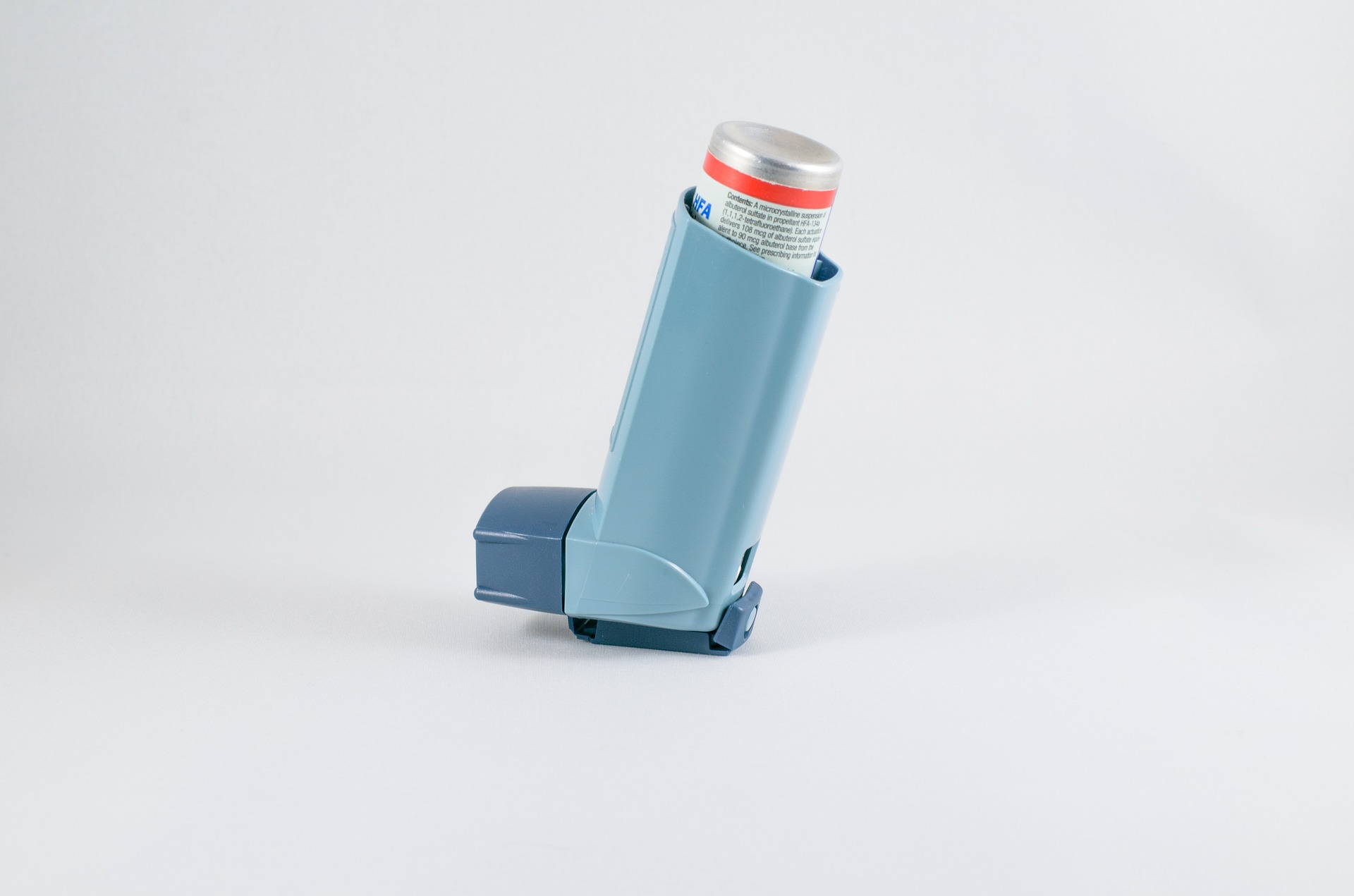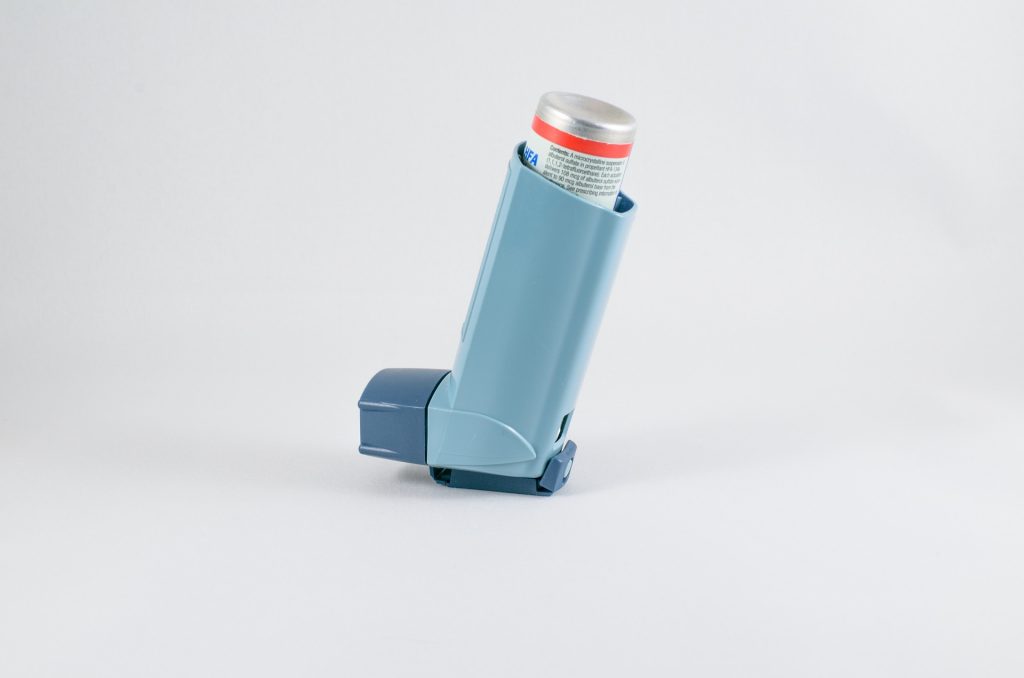Monthly Injection Helps Severe Asthma Patients Safely Stop or Reduce Daily Steroids

A monthly injection has helped 90% of severe asthma patients reduce daily steroid tablets, which are associated with long-term side effects. More than half of the participants who had received the injection were able to stop their daily steroid tablets entirely, without any impact on their symptoms.
The clinical trial led by a King’s College London academic followed patients who had been injected with tezepelumab every four weeks for a year. Tezepelumab is a type of antibody which targets parts of the immune system, reducing lung inflammation.
Treatment with tezepelumab was also shown to significantly improve asthma symptoms, lung function, and overall quality of life. During the study, two-thirds of patients stopped having any asthma attacks. These improvements were seen as early as two weeks into treatment and lasted for the duration of the study.
Scientists are trying to identify alternative treatments for managing severe asthma, as long-term daily steroid use can lead to serious health problems, including osteoporosis, diabetes, and increased vulnerability to infections.
The WAYFINDER study, published in The Lancet Respiratory Medicine, is among long-standing research into severe asthma at King’s College London. Last year, another team at King’s discovered that another antibody, benralizamab, could be injected during some asthma and COPD attacks to reduce the need for further treatment. The latest discovery could help people manage their asthma long term.
Participants in the trial had a diagnosis of severe asthma and were recruited from 68 clinical centres across 11 countries. They received tezepelumab every four weeks and completed questionnaires on their asthma symptoms and medication at 28 and 52 weeks.
Professor David Jackson, Respiratory Medicine expert at King’s College London, and Clinical Lead of the asthma services across Guy’s and Royal Brompton Hospitals, Guy’s and St Thomas’ NHS Foundation Trust, said: “The WAYFINDER study is an important step forward for patients with the most severe form of asthma who require daily oral steroids in order to achieve reasonable disease control.
“In this International, multicentre clinical trial of more than 300 patients, the NICE-approved asthma treatment tezepelumab, a biologic therapy that targets asthma-related inflammation but without all the side effects of steroids, was capable of allowing the vast majority of patients to wean their steroids down to a low dose with over half able to stop their steroids altogether.
“As tezepelumab also suppresses allergy related symptoms and improves chronic rhinosinusitis as well, the results are particularly exciting for patients with severe asthma who suffer with both upper and lower airway symptoms.”
Dr Samantha Walker, Director of Research & Innovation at Asthma + Lung UK, said: “This study is a promising sign that tezepelumab injections support certain people with severe asthma to reduce or stop taking steroid tablets, which can have serious unwanted health consequences. Tezepelumab, an injectable biologic, significantly improves asthma symptoms, lung function and overall quality of life for participants.
“This is an incredibly encouraging development for the future of asthma care that could transform the lives of people with severe asthma. It’s vital that research into new types of treatment continues but we know current funding for lung health research is on life-support, despite lung conditions remaining the third biggest cause of death in the UK. Studies like this show the positive impact that research can make on providing potentially life-changing treatment for people with asthma and other lung conditions.”
The findings of the WAYFINDER study will be presented at the British Thoracic Society Winter Meeting 2025 on Thursday 27th November 2025.
Read the study here: https://www.thelancet.com/journals/lanres/article/PIIS2213-2600(25)00359-5/fulltext







